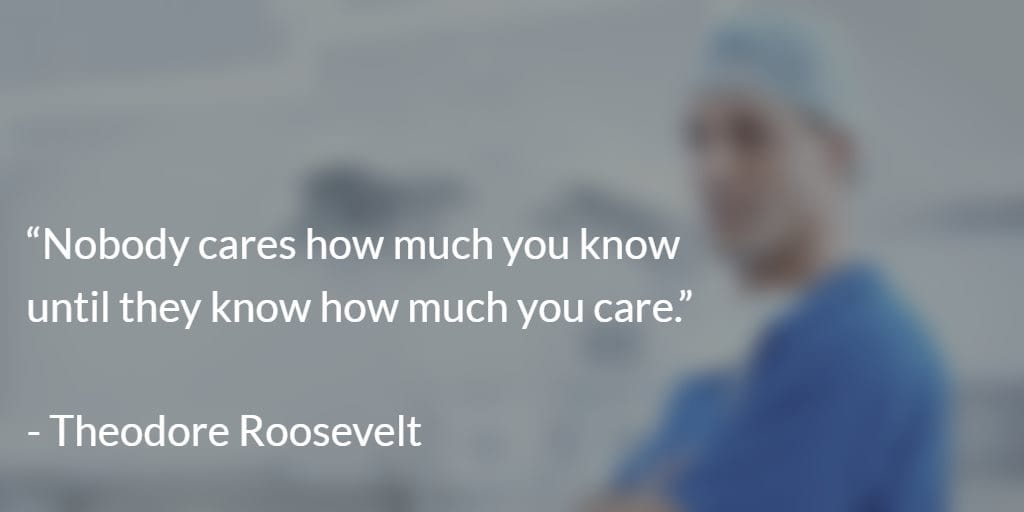Five Essential Habits of Effective Doctor-Patient Communication
posted
on Thursday, July 21, 2016
With recent changes in the healthcare industry, effective doctor – patient communication has become more important than ever. Can you confidently say that your practice is doing its best to provide a positive experience for patients?
If not, consider these 5 essential habits for effective doctor – patient communication.
#1. Make a Good First Impression
First impressions are lasting impressions and can make the difference between a patient who stays for life and one who never comes back. But when it comes to healthcare, what separates good first impressions from average?
According to Smith’s Patient Centered Interviewing: An Evidence Based Method, there are a few key points:
- Welcome the patient.
- Use the patient's name.
- Introduce yourself and your role.
Though small, these points are important for making the patient feel comfortable at your practice and helping them to understand what they can expect from you as a provider.
#2. Express Empathy
When you feel like you’ve seen it all, it’s easy to get in the habit of focusing on “real” symptoms and ignoring the story. It’s important to remember that we often want to be heard just as much as we want to be helped.
This popular quote from Theodore Roosevelt says it best.

Empathize with your patients. Listen to their stories and let them know how much you care.
#3. Talk on Their Level
Big words might make you sound smart, but they don't always help you communicate. Your patients are likely to come from different backgrounds. Some might be well versed in medical terminology, but there's a good chance the majority of them aren't. When communicating with patients, keep these points in mind for clear communication:
- Provide simple explanations of complex problems.
- Use words the patient is likely to understand.
#4. Be Honest and Clear with Time Expectations
A high school senior sprains their ankle weeks before the state track meet. They want to know if they’ll be okay to complete. What do you say?
A harpist needs carpal tunnel surgery and wants to know if she’ll ever be able to play again. What do you tell her?
There’s a lot of pressure to tell patients what they want to hear rather than what they need to hear. Sometimes the pressure is external, but often it’s intrinsic. You want the best for your patients. Who doesn’t?
It’s important to be clear and honest with time expectations. When it comes to the credibility of your practice, it’s always better to under promise and over deliver. This doesn’t mean crush your patients dreams – you can still be optimistic about their future, but telling them one thing and having to go back on your word is sure to jeopardize their trust.
#5. Confirm That They Understand
One of the most effective ways to communicate how much you care is by checking to see that the patient understands.
Often we’ll say that we understand something because we don’t want to bother the other person to explain again. When your patients can see that you’re a busy doctor, this can have an even greater effect.
Slow down. Take the extra minute or two to confirm that the patient understands and doesn’t have any outstanding questions. It’s a small action that can leave a big impact.
Additional Resources
Want to learn more ways to improve your patient communication skills? Check out some of our free resources:
Webinars
White Papers:
- patient communication
- patient experience
- patient/provider relationships